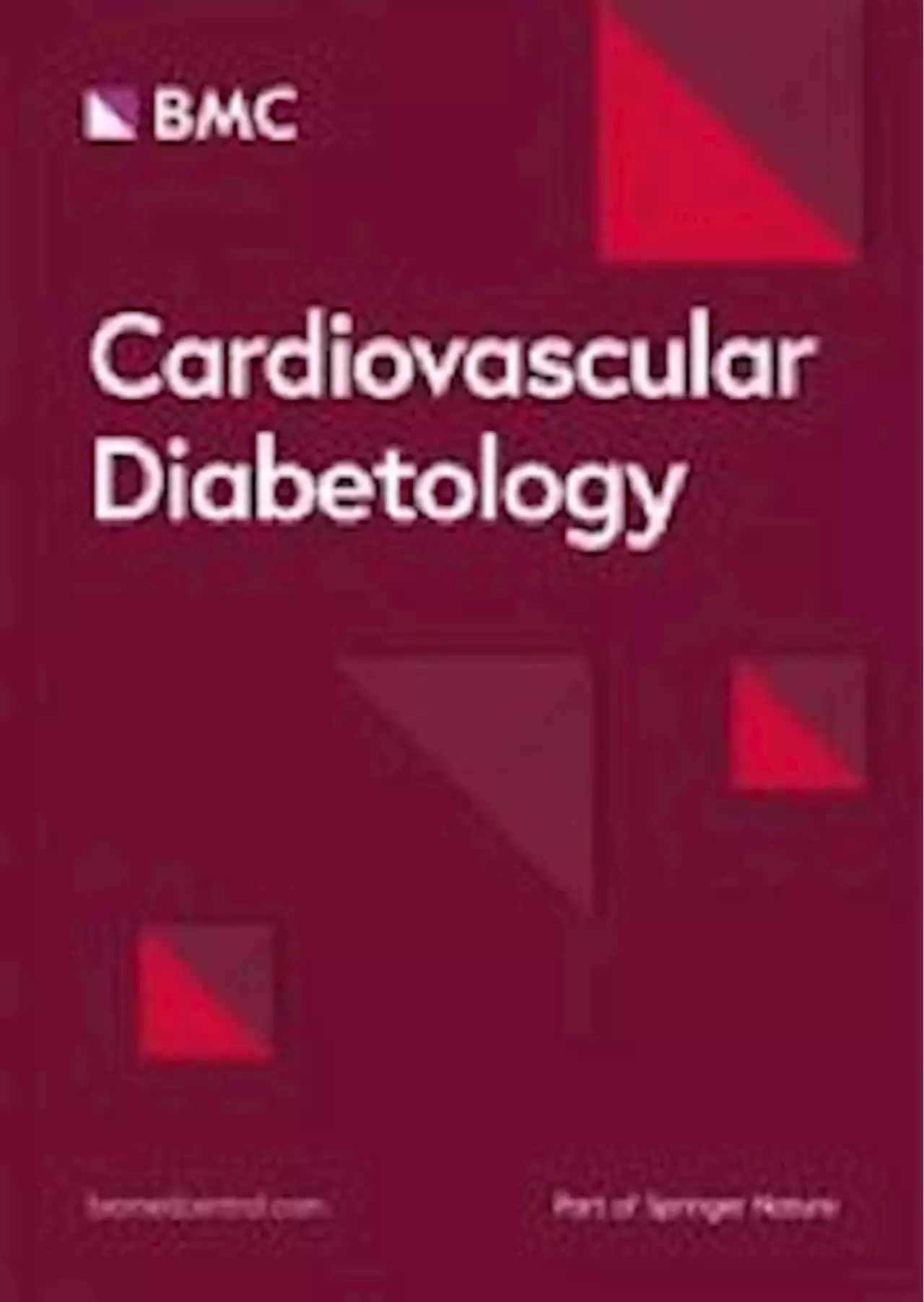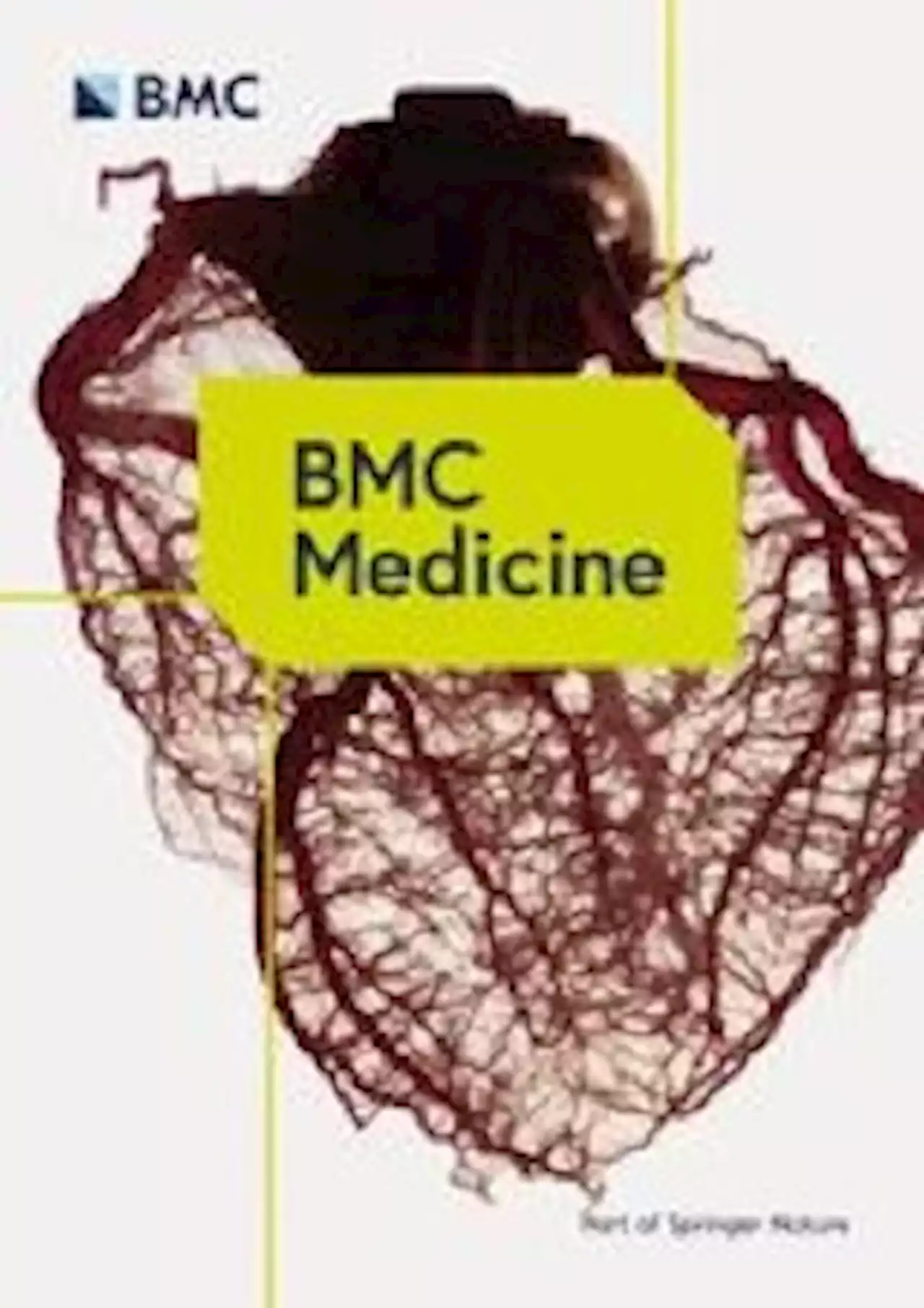'The Danish and Swedish governments' misguided attempt to foster tolerance through censorship could inadvertently exacerbate social divisions within their own borders,' writes JMchangama
Swedish flags as well as the Bible and Torah in front of the Israeli embassy in Copenhagen, praising Ayatollah Khomeini in the process. But few Danes cared about this deliberate attempt to provoke. No one threatened to use violence, and the protester was not arrested. Rather than demonstrating Danish hypocrisy, the protester managed to show how a secular society committed to both free speech and tolerance can handle offensive ideas, and also how these values serve as the antithesis to violence.
The next day after the Danish government´s promise to explore legal remedies against Quran burnings, the OIC released aadmonishing Denmark and Sweden for failing to immediately criminalize them and pledging to continue to pursue the matter. The Turkish ambassador to Denmark also warned that the proposed Danish efforts were"insufficient.
While this broader, international perspective is critical, it is also important to consider the domestic implications of the laws Denmark and Sweden have on the table. The Danish government´s proposed legal remedy against insulting other countries doesn’t only threaten to restrict criticism of Islam. In fact, Danish Muslims protesting U.S.
Belgique Dernières Nouvelles, Belgique Actualités
Similar News:Vous pouvez également lire des articles d'actualité similaires à celui-ci que nous avons collectés auprès d'autres sources d'information.
 Huge new Danish homeware store is opening near Lancashire next weekJYSK will open their biggest store in the UK on August 17 and hundreds of products will be on sale for up to 70 per cent off
Huge new Danish homeware store is opening near Lancashire next weekJYSK will open their biggest store in the UK on August 17 and hundreds of products will be on sale for up to 70 per cent off
Lire la suite »
 Triglycerides and risk of cardiovascular events in statin-treated patients with newly diagnosed type 2 diabetes: a Danish cohort study - Cardiovascular DiabetologyBackground Elevated triglyceride levels are a clinically useful marker of remnant cholesterol. It is unknown whether triglycerides are associated with residual cardiovascular risk in CVD-naïve patients with newly diagnosed type 2 diabetes mellitus (T2DM), who are already on statin therapy. We aimed to assess the association between triglyceride levels and risk of major cardiovascular events (MACE) in statin-treated patients with newly diagnosed T2DM managed in routine clinical care. Methods This cohort study included newly diagnosed T2DM patients without a previous diagnosis of cardiovascular disease in Northern Denmark during 2005–2017. Individual triglyceride levels while on statin treatment were assessed within 1 year after T2DM diagnosis. The primary outcome was a composite of myocardial infarction, ischemic stroke, or cardiac death (MACE). Patients were followed from one year after T2DM diagnosis until 30 April 2021, MACE, emigration, or death. We used Cox regression to compute hazard ratios (HRs) controlling for confounding factors. Results Among 27,080 statin-treated patients with T2DM (median age 63 years; 53% males), triglyceride levels were | 1.0 mmol/L in 17%, 1.0–1.9 mmol/L in 52%, 2.0–2.9 mmol/L in 20%, and ≥ 3.0 mmol/L in 11%. During follow-up, 1,957 incident MACE events occurred (11.0 per 1000 person-years). Compared with triglyceride levels | 1.0 mmol/L, confounder-adjusted HRs for incident MACE were 1.14 (95% CI 1.00–1.29) for levels between 1.0 and 1.9 mmol/L, 1.30 (95% CI 1.12–1.51) for levels between 2.0 and 2.9 mmol/L, and 1.44 (95% CI 1.20–1.73) for levels ≥ 3.0 mmol/L. This association was primarily driven by higher rates of myocardial infarction and cardiac death and attenuated only slightly after additional adjustment for LDL cholesterol. Spline analyses confirmed a linearly increasing risk of MACE with higher triglyceride levels. Stratified analyses showed that the associations between triglyceride levels and MACE were stronger among women.
Triglycerides and risk of cardiovascular events in statin-treated patients with newly diagnosed type 2 diabetes: a Danish cohort study - Cardiovascular DiabetologyBackground Elevated triglyceride levels are a clinically useful marker of remnant cholesterol. It is unknown whether triglycerides are associated with residual cardiovascular risk in CVD-naïve patients with newly diagnosed type 2 diabetes mellitus (T2DM), who are already on statin therapy. We aimed to assess the association between triglyceride levels and risk of major cardiovascular events (MACE) in statin-treated patients with newly diagnosed T2DM managed in routine clinical care. Methods This cohort study included newly diagnosed T2DM patients without a previous diagnosis of cardiovascular disease in Northern Denmark during 2005–2017. Individual triglyceride levels while on statin treatment were assessed within 1 year after T2DM diagnosis. The primary outcome was a composite of myocardial infarction, ischemic stroke, or cardiac death (MACE). Patients were followed from one year after T2DM diagnosis until 30 April 2021, MACE, emigration, or death. We used Cox regression to compute hazard ratios (HRs) controlling for confounding factors. Results Among 27,080 statin-treated patients with T2DM (median age 63 years; 53% males), triglyceride levels were | 1.0 mmol/L in 17%, 1.0–1.9 mmol/L in 52%, 2.0–2.9 mmol/L in 20%, and ≥ 3.0 mmol/L in 11%. During follow-up, 1,957 incident MACE events occurred (11.0 per 1000 person-years). Compared with triglyceride levels | 1.0 mmol/L, confounder-adjusted HRs for incident MACE were 1.14 (95% CI 1.00–1.29) for levels between 1.0 and 1.9 mmol/L, 1.30 (95% CI 1.12–1.51) for levels between 2.0 and 2.9 mmol/L, and 1.44 (95% CI 1.20–1.73) for levels ≥ 3.0 mmol/L. This association was primarily driven by higher rates of myocardial infarction and cardiac death and attenuated only slightly after additional adjustment for LDL cholesterol. Spline analyses confirmed a linearly increasing risk of MACE with higher triglyceride levels. Stratified analyses showed that the associations between triglyceride levels and MACE were stronger among women.
Lire la suite »
 Huge Scandi-style homeware store rivalling IKEA is opening in Greater ManchesterIt's set to be the Danish brand's BIGGEST store in the country - with a huge 70% off sale
Huge Scandi-style homeware store rivalling IKEA is opening in Greater ManchesterIt's set to be the Danish brand's BIGGEST store in the country - with a huge 70% off sale
Lire la suite »
 Canyon Unveils the World's Fastest Track BikeCanyon claims the Speedmax CFR Track Bike is the World's Fastest, developed for Team USA and Team Denmark to win World Championship Titles
Canyon Unveils the World's Fastest Track BikeCanyon claims the Speedmax CFR Track Bike is the World's Fastest, developed for Team USA and Team Denmark to win World Championship Titles
Lire la suite »
 The EAT-Lancet diet, genetic susceptibility and risk of atrial fibrillation in a population-based cohort - BMC MedicineBackground The EAT-Lancet Commission proposed a global reference diet with both human health benefits and environmental sustainability in 2019. However, evidence regarding the association of such a diet with the risk of atrial fibrillation (AF) is lacking. In addition, whether the genetic risk of AF can modify the effect of diet on AF remains unclear. This study aimed to assess the association of the EAT-Lancet diet with the risk of incident AF and examine the interaction between the EAT-Lancet diet and genetic susceptibility of AF. Methods This prospective study included 24,713 Swedish adults who were free of AF, coronary events, and stroke at baseline. Dietary habits were estimated with a modified diet history method, and an EAT-Lancet diet index was constructed to measure the EAT-Lancet reference diet. A weighted genetic risk score was constructed using 134 variants associated with AF. Cox proportional hazards regression models were applied to estimate the hazard ratio (HR) and 95% confidence interval (CI). Results During a median follow-up of 22.9 years, 4617 (18.7%) participants were diagnosed with AF. The multivariable HR (95% CI) of AF for the highest versus the lowest group for the EAT-Lancet diet index was 0.84 (0.73, 0.98) (P for trend | 0.01). The HR (95% CI) of AF per one SD increment of the EAT-Lancet diet index for high genetic risk was 0.92 (0.87, 0.98) (P for interaction = 0.15). Conclusions Greater adherence to the EAT-Lancet diet index was significantly associated with a lower risk of incident AF. Such association tended to be stronger in participants with higher genetic risk, though gene-diet interaction was not significant.
The EAT-Lancet diet, genetic susceptibility and risk of atrial fibrillation in a population-based cohort - BMC MedicineBackground The EAT-Lancet Commission proposed a global reference diet with both human health benefits and environmental sustainability in 2019. However, evidence regarding the association of such a diet with the risk of atrial fibrillation (AF) is lacking. In addition, whether the genetic risk of AF can modify the effect of diet on AF remains unclear. This study aimed to assess the association of the EAT-Lancet diet with the risk of incident AF and examine the interaction between the EAT-Lancet diet and genetic susceptibility of AF. Methods This prospective study included 24,713 Swedish adults who were free of AF, coronary events, and stroke at baseline. Dietary habits were estimated with a modified diet history method, and an EAT-Lancet diet index was constructed to measure the EAT-Lancet reference diet. A weighted genetic risk score was constructed using 134 variants associated with AF. Cox proportional hazards regression models were applied to estimate the hazard ratio (HR) and 95% confidence interval (CI). Results During a median follow-up of 22.9 years, 4617 (18.7%) participants were diagnosed with AF. The multivariable HR (95% CI) of AF for the highest versus the lowest group for the EAT-Lancet diet index was 0.84 (0.73, 0.98) (P for trend | 0.01). The HR (95% CI) of AF per one SD increment of the EAT-Lancet diet index for high genetic risk was 0.92 (0.87, 0.98) (P for interaction = 0.15). Conclusions Greater adherence to the EAT-Lancet diet index was significantly associated with a lower risk of incident AF. Such association tended to be stronger in participants with higher genetic risk, though gene-diet interaction was not significant.
Lire la suite »
Lincolnshire farmers top targets for organised rural crime gangs🐄 From machinery theft to livestock raids, Lincolnshire farmers face increasing threats from organised gangs. Stay updated with MyLocal.
Lire la suite »
